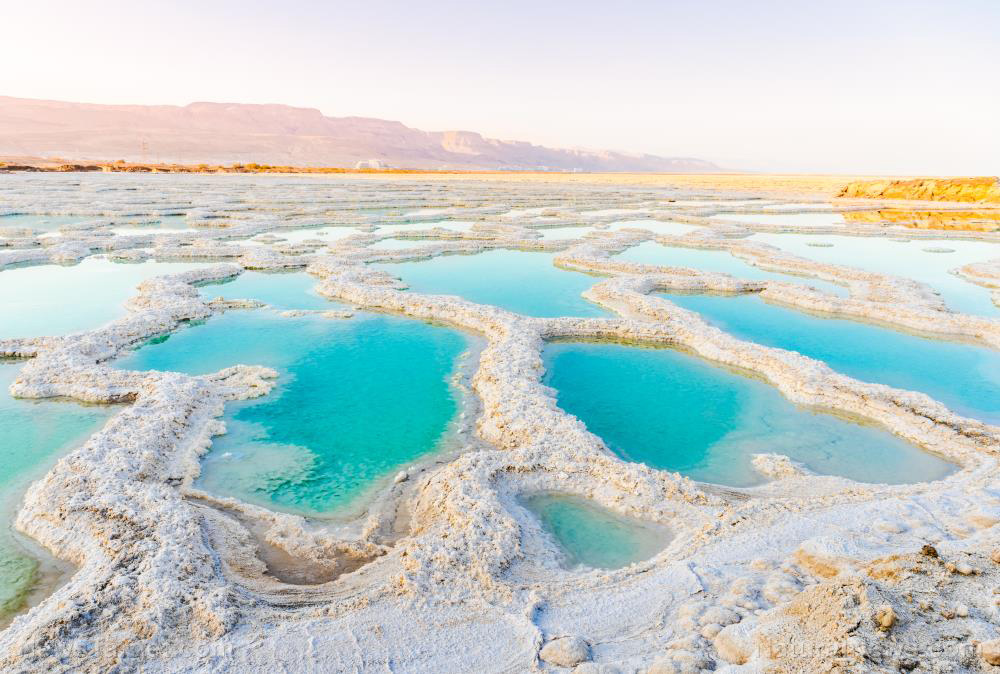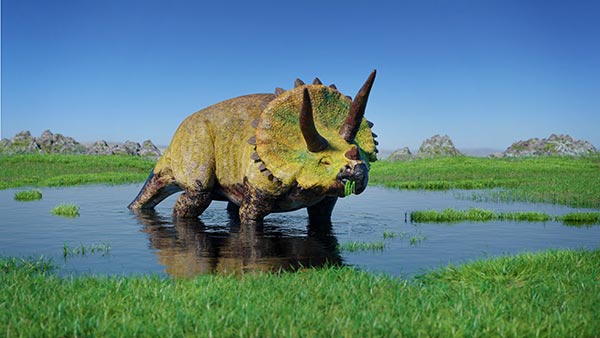Prehistoric site described as “real-life Atlantis” – experts in a race against time to retrieve treasures before it disappears again
03/07/2020 / By Arsenio Toledo

In the site known as Ala-Tei in the Tuva Republic, in Russia, scientists are racing against time to retrieve dozens of treasures from over 110 burial sites — all of which are thousands of years old.
The Tuva Republic, one of the federal subjects of the Russian Federation, sits in the so-called Sayan Sea, an artificial reservoir created when the Sayano-Shushenskaya Dam, which sits downstream of the site, was made in the Republic of Khakassia in Russia. The dam is Russia’s largest power plant, with the reservoir covering some 240 square miles.
During the summer, water in the reservoir retreats for several weeks. This short time period allows archaeologists to examine over 100 graves belonging to people from ancient and medieval civilizations. By early July however, the water levels in the reservoir rise and the graves, once again, are covered by up to 50 feet of water, which is why researchers have taken to calling this site the “Russian Atlantis.”
Grave sites are filled with treasures from thousands of years ago
Among the treasures found at the site include the mummy of a “sleeping beauty,” a woman dressed in silk and originally believed to be either a priestess or some kind of noblewoman due to the quality of wares she was buried with. Researchers however now say that she’s more likely to be an affluent leatherworker. Archaeologists were also able to dig up the grave of another woman, also draped in fine silks, who they believe is a weaver from the time of the Huns.
The Huns are a nomadic people who probably originated in Central Asia and then migrated to Eastern Asia, the Caucasus and Eastern Europe before eventually making their way to Rome, where the famous Hun leader Attila wreaked havoc upon the Roman Empire.
Other artifacts found in the graves include more silks, mirrors and coins. A large number of the artifacts retrieved from the area were made during the Han dynasty in China, which reigned between 206 and 220 AD. In addition to the finery she was buried with, the “sleeping beauty” mummy also had a belt decorated with turquoise beads and a belt buckle set with precious gemstones. The Hun weaver, meanwhile, was buried with glass beads, belt buckles made out of bone and several stone pendants. Both of their belt buckles had engravings depicting scenes of tigers fighting dragons.
“This site is a scientific sensation,” Marina Kilunovskaya of the Institute for the History of Material Culture in Saint Petersburg, said. “We are incredibly lucky to have found these graves of rich Hun nomads that were not disturbed by robbers.”
“We discovered 110 burials at the Ala-Tei burial site, which is usually 15 meters underwater. Another site which was made at what is now the Sayan Sea shore is getting quickly destroyed by crumbling soil. It is called Terezin, and there we found 32 graves,” Kilunovskaya added, emphasizing that their dig is a race against time. Kilunovskaya is the head of the Tuva Archaeological Expedition which is in charge of digging up the graves and preserving the artifacts found there. (Related: Researchers discover ruins of lost colonial tavern in North Carolina: Cache of artifacts is a “time capsule” of history.)
The Ala-Tei site used to be on land, before 1963, when work on the Sayano-Shushenskaya Dam began plunging the area underwater. Ala-Tei turns into an island when water levels rise, with only a bare piece of elevated rock remaining above water level.
Other graves previously uncovered by Kilunovskaya and her team include belt buckles made of iron and coal, buckles for shoes, knives, iron rings, hooks and even the skulls and hooves of beloved horses. Many of these artifacts are also encrusted with other semiprecious stones like jade, coral and carnelian.
Sources include:
Tagged Under: ancient history, Archaeology, artifacts, burial site, dig site, discoveries, grave site, Han China, Han dynasty, history, Huns, Mongolia, real history, research, Russia, Tuva, Tuva Republic
RECENT NEWS & ARTICLES
COPYRIGHT © 2017 DISCOVERIES NEWS



















